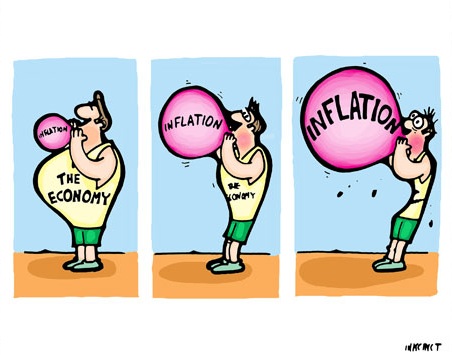Michael D. Bauer and Erin McCarthy of the San Francisco Fed write: The Federal Reserve’s dual mandate requires monetary policy to aim for both maximum employment and price stability. Although employment has recovered since the recession, inflation has consistently remained below the Fed’s 2% longer-run objective. Because expectations of future inflation play an important role in determining current inflation, decreases in measures of inflation expectations based on market prices have raised some concerns. For example, between June 2014 and January 2015, one-year inflation swap rates, which measure market-based expectations of inflation in the consumer price index (CPI) one year ahead, dropped over 2.5 percentage points. Large decreases were also observed in breakeven inflation rates, the difference between yields on nominal and inflation-indexed Treasury securities, known as TIPS.
Market-based measures of inflation expectations are calculated from the prices of financial securities. Their advantage is that they are readily available at high frequency and therefore are widely monitored. However, they reflect not only the public’s inflation expectations but also other idiosyncratic factors that affect market prices, which are difficult to quantify. For example, they include a risk premium to compensate investors for inflation uncertainty and are affected by changes in liquidity, unusual demand flows, and, more broadly, “animal spirits” that change prices but are unrelated to expectations (see Bauer and Rudebusch 2015). Hence it is unclear how much useful information they provide, and how much one should pay attention to these rates when forecasting inflation.
If market-based inflation expectations provided accurate inflation forecasts, then one surely would want to pay close attention to their evolution. In this Economic Letter, we evaluate their performance in comparison with a variety of alternative forecasts for CPI inflation.
There are two types of market-based measures that one can use to gauge inflation expectations: TIPS breakeven inflation rates and inflation swap rates. Both of these reflect market-based expectations for future headline CPI inflation that includes food and energy prices. TIPS breakeven inflation rates are reliable only at longer maturities, such as five- and ten-year horizons. Since TIPS only started trading more broadly in the early 2000s, there simply are not enough data to analyze the forecast accuracy of these rates. Measuring Inflation

